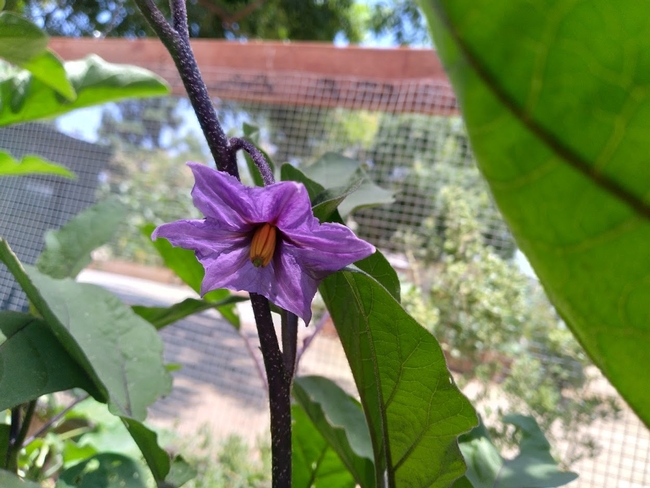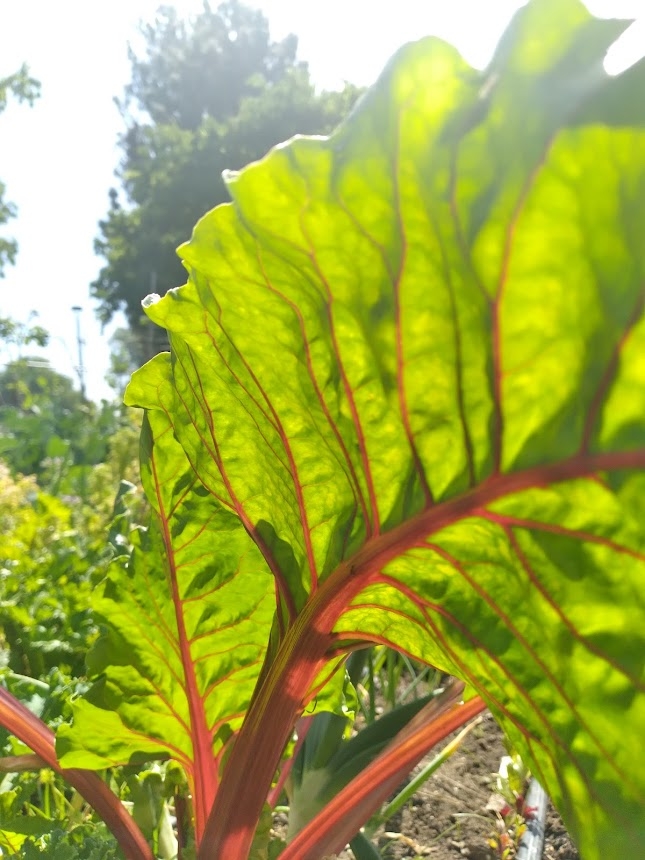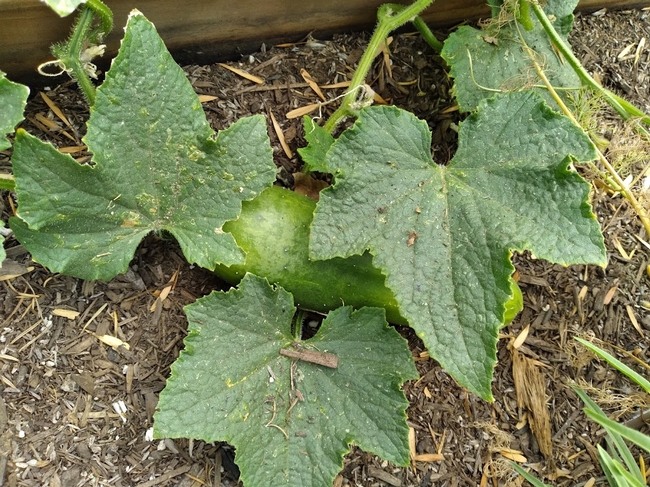Summers in most parts of San Bernardino County are hot, dry, windy, and sometimes extra challenging due to fires. Add on the layer of continued drought and water restrictions, and it can seem almost impossible to get a fruit or veggie crop to grow. On the other hand, we are fortunate to have good sunlight, lots of great soil, and a Mediterranean climate where we can get almost anything to grow if we give it enough attention and resources. I also always remind myself, that right now, at this very moment, someone in So CA is successfully growing all kinds of fruits and veggies, and you can do it too! Here are a few tips that will help you get the fruit and veggie crop of your dreams to become a reality.
Benefits of growing your own food:
So, is using water to grow food at home, at school, or in a community garden a responsible thing to do or should you buy produce at a farmers market or close-by market instead? Like most things, there are several factors to look at when making that decision. Growing your own fruits and veggies has a number of benefits. One of the main ones is that they are fresh! As soon as produce is harvested the flavors begin to change and nutrients begin to break down. The longer the time between harvest and consumption, the less flavorful – and sometimes less nutritional it becomes. At home, you can harvest your produce at its nutritional peak. Another benefit to growing food at home is reducing the food miles that your produce must travel, which saves time and energy and reduces the carbon footprint. Lastly, gardening has lots of physical and mental health benefits as well! Gardening and being outdoors and out of your head is great for your mind and body. It's also a wonderful family activity.
Water usage:
Let's start with looking at the responsible use of water in a drought. Fruits and veggies can still be watered anywhere in CA even under drought restrictions; they are exempt from those restrictions. And, they are not generally low water or drought tolerant plants, and they will need to be well watered in order to be successful. It might seem counter intuitive that watering your veggies well and as much as needed is a water conservation measure, but it's important to remember that if fruits and veggies are cared for poorly, inconsistently watered, and not kept healthy, they will not produce a lot of fruit. Perennial veggies, like asparagus, artichokes and a few others may be a little more drought tolerant and may be a good layer to add in an area with a lot of drought stress. Note these plants will still take additional water, like all other plants (including native plants), to establish in their first year. With that said, it's still a good idea for to conserve water whenever possible while producing a healthy crop! Suggestions are to add a layer of mulch on top of your garden to reduce soil evaporation and keep competing thirsty weeds out, water early in the morning to reduce evapotranspiration (water loss from the soil and plant), and hand water or use a soaker hose or drip irrigation system rather than a sprinkler system to conserve water. (Sprinklers apply water over a wide area, including between plants, which is often a wasteful practice.) Improper or inconsistent watering can cause cracking, bitterness, and may also result in fruit or blossom drop. Following proper cultural practices (applying the right amount of water and fertilizer at the right time, etc.) will help ensure you get the harvest you are looking for. Overfertilizing at a period of time when a certain crop doesn't need it can increase water use and be counterproductive. Pest infestations will also cause more stress on drought stressed plants. Piercing sucking insects like aphids and spider mites suck the juices right out of your plants, and will cause your
plants to go through more water. Using Integrated Pest Management strategies (IPM) and catching pests early will reduce the stress they put on your plants. Consider pulling plants that start succumbing to pests like spider mites if they are starting to lose the battle and will infest neighboring plants doing well, which also saves water. Mechanical barriers will help keep vertebrate pests, who are also looking for a good meals, especially in times of drought, away.
Heat tolerant vs drought tolerant plants and heat reduction:
There are many types of veggies that are bred for heat tolerance, but there are limitations. Plant mechanisms for tolerating heat are often not the same as plant strategies to tolerate drought. Many fruits and veggies will still grow when it's very hot, but fruit production often slows down. Radiating heat from impervious surfaces like asphalt, cement, or decomposed granite can also slow down fruit production. This radiating heat can be reduced by raising pots up off the ground a few inches with a piece of wood, like a 2x4 for example. Solar radiation can be reduced by creating shade, using material that is manufactured to be used as shade cloth, or something as simple as a light-colored sheet in a hot spell. Note that while you can reduce heat on plants you want to make sure they still get 4 to 6 hours of sun for good production. They also need good aeration and access to pollinators so it's important to maintain good airflow!
Keeping your soil healthy:
Healthy soil that is full of beneficial organisms will help your plants grow and produce and there are a few things you can do to keep your soil happy, healthy, and hydrated! First, it's best to start with a well-draining and organic rich soil. Before planting, add a few inches of compost or other type of organic matter to the surface of your soil and mix it in at least 4 to 6 inches deep. (Making your own compost is highly recommended. It recycles tree trimmings, grass clipping and old landscape and garden plants and plant parts which also reduces the carbon footprint since it's all done at home!) This helps prevent water and nutrient loss below the root zone in sandy soil and improves drainage in heavier soils. Compost is a great soil amendment, helping to turn your dirt into living soil, but it's important to remember it's usually low in nutrients, so it's not a replacement for fertilizer. Once you have a nice soil, keeping those beneficial soil microorganisms healthy is important too. Mulch will help with that!
Reach out to our free UC Cooperative Extension Master Gardener Helpline to get your questions about home food production, composting, and all other home horticulture issues addressed: mgsanbern@ucanr.edu (909)387-2182.